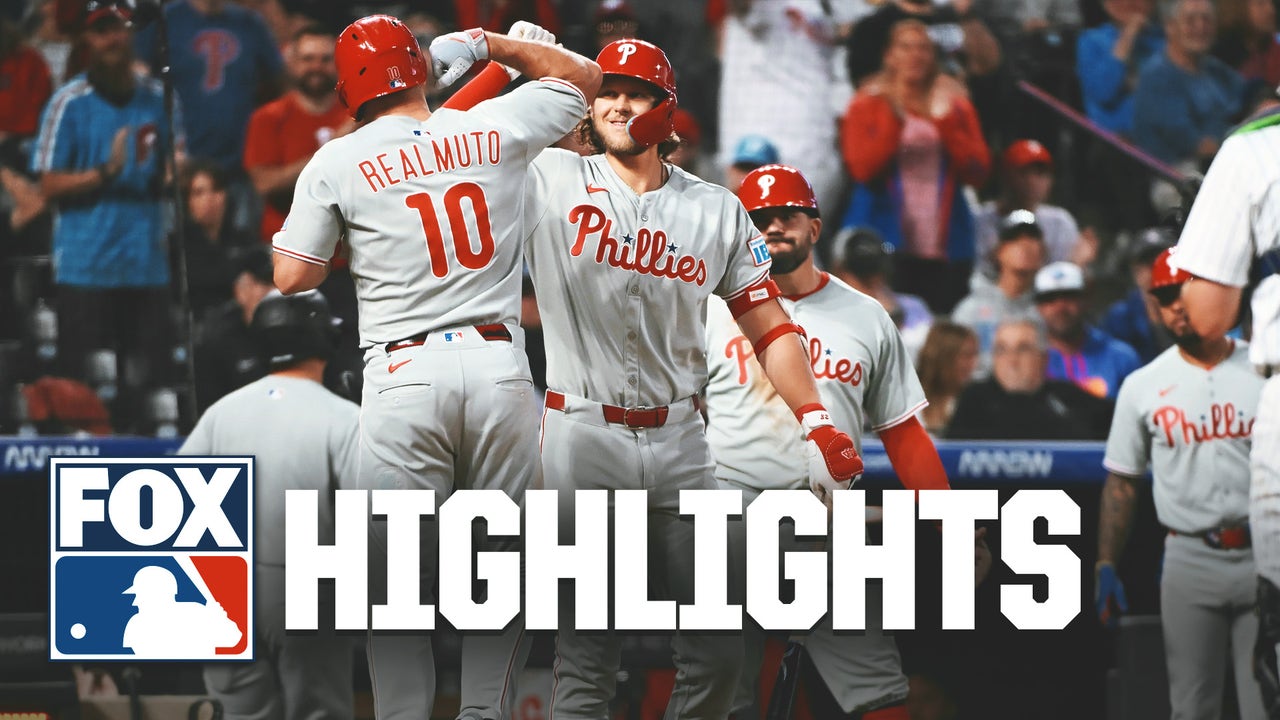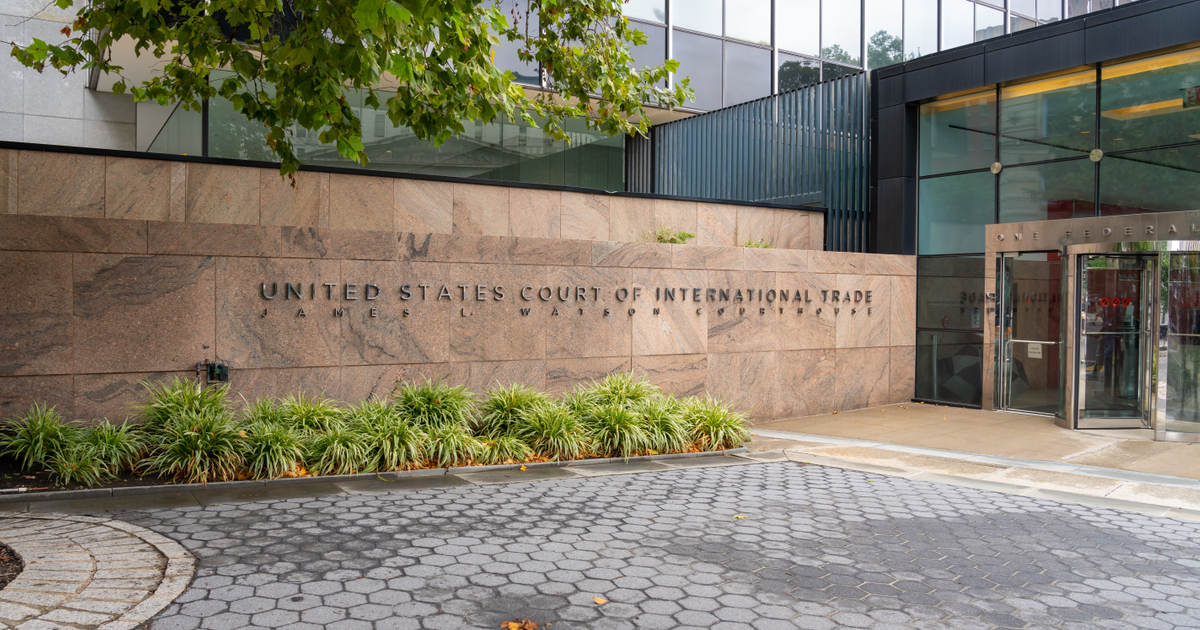L.A. Angels score jersey patch sponsorship amid slow market for sports branding
Glut of opportunities, economic fears chill lucrative deals.

The Los Angeles Angels today announced a deal with a construction materials distributor to be the club’s first on-jersey advertiser.
While financial terms were not disclosed, the deal makes Foundation Building Materials the Angels’ largest corporate partner, said Jason Miller, senior VP of properties for Excel Sports Management, the firm that negotiated the deal on behalf of the Major League Baseball club.
The 2023 season will be the first in which baseball’s 30 clubs may sell space on their uniforms, but deals have been trickling in slowly. Experts anticipate that 10 to 15 clubs—or up to half of the league—will have jersey advertisers in place by opening day. That’s due to an oversupply of sports branding opportunities, along with recession concerns, said Matt Balvanz, senior VP of analytics and innovation at Navigate, a data-driven consulting firm in sports and entertainment. The same issue has slowed sales for National Hockey League teams, many of which are skating without ads on their sweaters this year, despite getting permission to do so.
“The primary drivers [of the slow market] are economic uncertainty that seemingly everyone is dealing with, as well as the supply of player branding opportunities skyrocketing with MLS, NBA, NHL—helmets and jerseys—and now MLB all being sold simultaneously for the first time,” Balvanz said.
Balvanz estimates MLB jersey deals will range from a few million dollars per year for small market teams to up to $25 million or more for larger market teams. Those figures would rival lucrative stadium naming rights deals, underscoring the value perceived in ads that are close to the players. (The Angels do not currently have a stadium naming rights deal).
In baseball, the San Diego Padres (Motorola), Boston Red Sox (Mass Mutual) and Arizona Diamondbacks (Avnet) have announced jersey deals. The Cincinnati Reds (Kroger) and Houston Astros (Oxy Energy) are also nearing deals, Sports Business Journal reported this week.
According to Miller, the Angels made for an especially valuable property, employing two of the game’s hottest stars in outfielder Mike Trout and pitcher-outfielder Shohei Ohtani. “They have a lot of ingredients that we found were very interesting to brands,” Miller said. “And that’s why the Angels are going to be among the first quadrant of deals to get announced, and get a deal quicker than a lot of other teams.”
Foundation Building Materials, which distributes construction materials such as drywall to contractors, is hardly a household name and had done little brand marketing until the Angels deal, said Ruben Mendoza, CEO of the Santa Ana, California-based company. Baseball’s 2023 schedule, in which all teams will play one another in at least one series during the season, makes for “great exposure” for the company, which has 280 locations in the U.S. and Canada, and envisions “Foundation Building Materials nights” in big-league cities around the league. Its headquarters is a neighbor to the Angels’ base in Anaheim.
“I’m a big Major League Baseball fan, and it just makes good sense for us,” Mendoza said. “A lot of our contracting customers are Major League Baseball fans as well, so I think the exposure is great for us.”
Companies targeting contractors, such as Grainger, Fastenal and Home Depot, have also done sports marketing, Mendoza added, “so I think it’s becoming more and more important.”
According to Miller, 70% of jersey patch deals across sports are made between companies based in the same home market as the team.
“The reason for that is not just a marketing decision,” he said. “Oftentimes you are using this for more than just brand visibility. It’s about recruitment, retaining employees, having the best talent, and acquiring assets your sales teams can use. It’s about doing good while you’re doing well in your own backyard.”
While soccer and motorsports have long been associated with advertising on equipment and uniforms, U.S. team sports have come along slowly. The NBA led the way in on-uniform ads starting in the 2017-2018 season. The NHL added ad decals on player helmets in the 2021-2022 season then approved jersey patches this year. The NFL is the last holdout along major team sports to sell space on uniforms.
Baseball’s decision to pursue uniform ads came as a part of the collective bargaining agreement signed a year ago. League guidelines stipulate deals to be at least three years in length and prohibit ads from companies in spirits, beer, tobacco, weapons, politics, cannabis, sports betting, casinos and content providers, as well as league on-field supply partners. Patch brands are also prohibited from competing with Nike and Fanatics, which are official apparel providers to the league.
Uniform patches will be four inches by four inches and may appear on either shoulder of the jersey (for right-handed hitting Mike Trout, that means the patch will be on his left shoulder, facing toward the field of play; for Ohtani, who bats left and throws right, it could be either shoulder).
In a tradition-minded sport often reluctant to change, some fans will find ads interfering with the purity of the jersey and be turned off by intermingling the team brand with an advertiser’s brand.
“We agree the uniform is sacred,” Dana Wells, executive VP of the Angels, said in emailed comments. “It was very important for us to seamlessly incorporate the FBM logo onto our uniform. We are fortunate to partner with an established company and were happy to combine our colors into our jersey patch.”
Miller acknowledged there would be some “haters,” but said clubs and sponsors that can demonstrate support for the team would win fans over. “I think where you might see some pushback is when somebody puts a brand on there that’s a clear money grab, and the ownership is not investing that money in the team,” he said. “But generally I think [jersey patches] have been received very well. And if you look at the sentiment analysis for companies that have done uniform branding deals in North America, it’s pretty positive.”

 MikeTyes
MikeTyes 













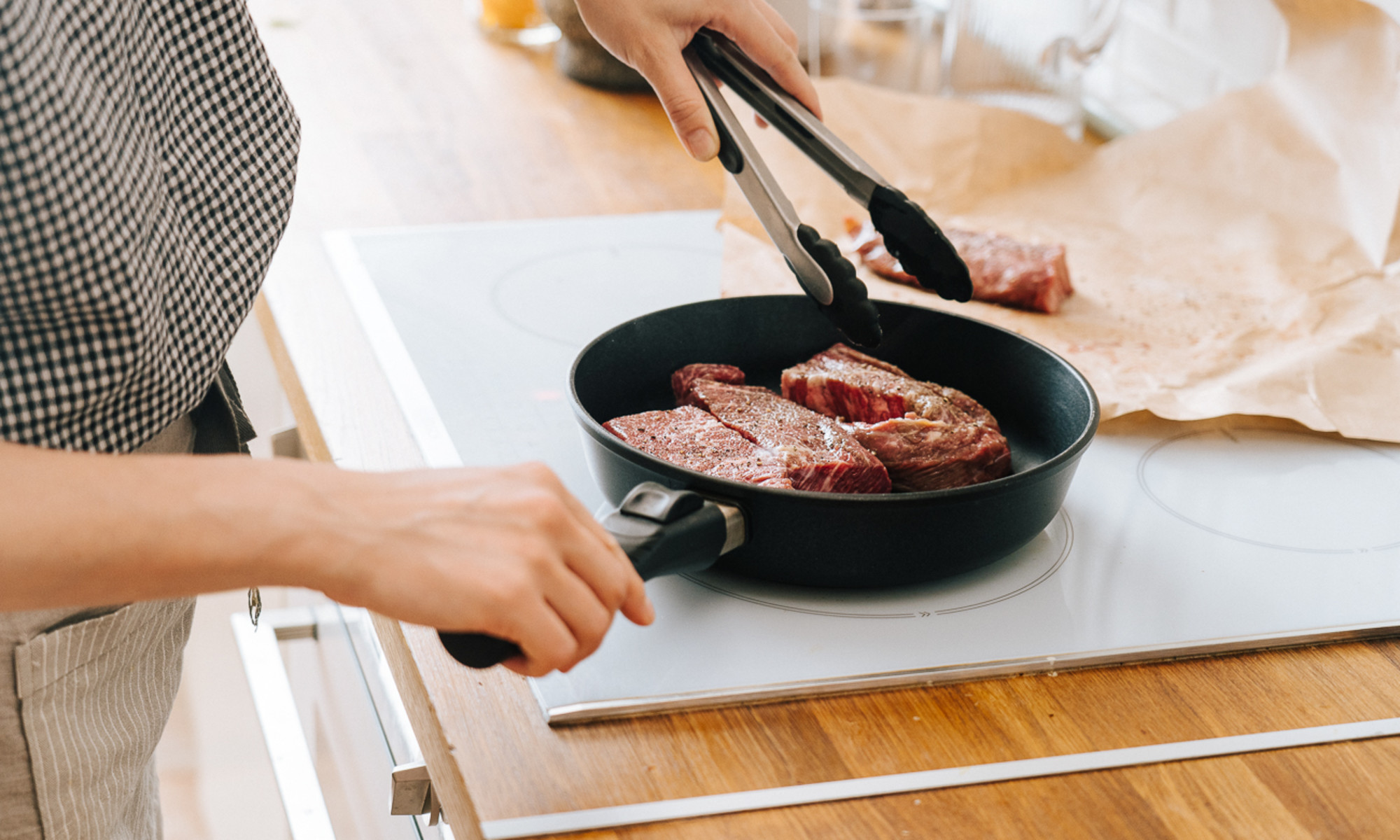

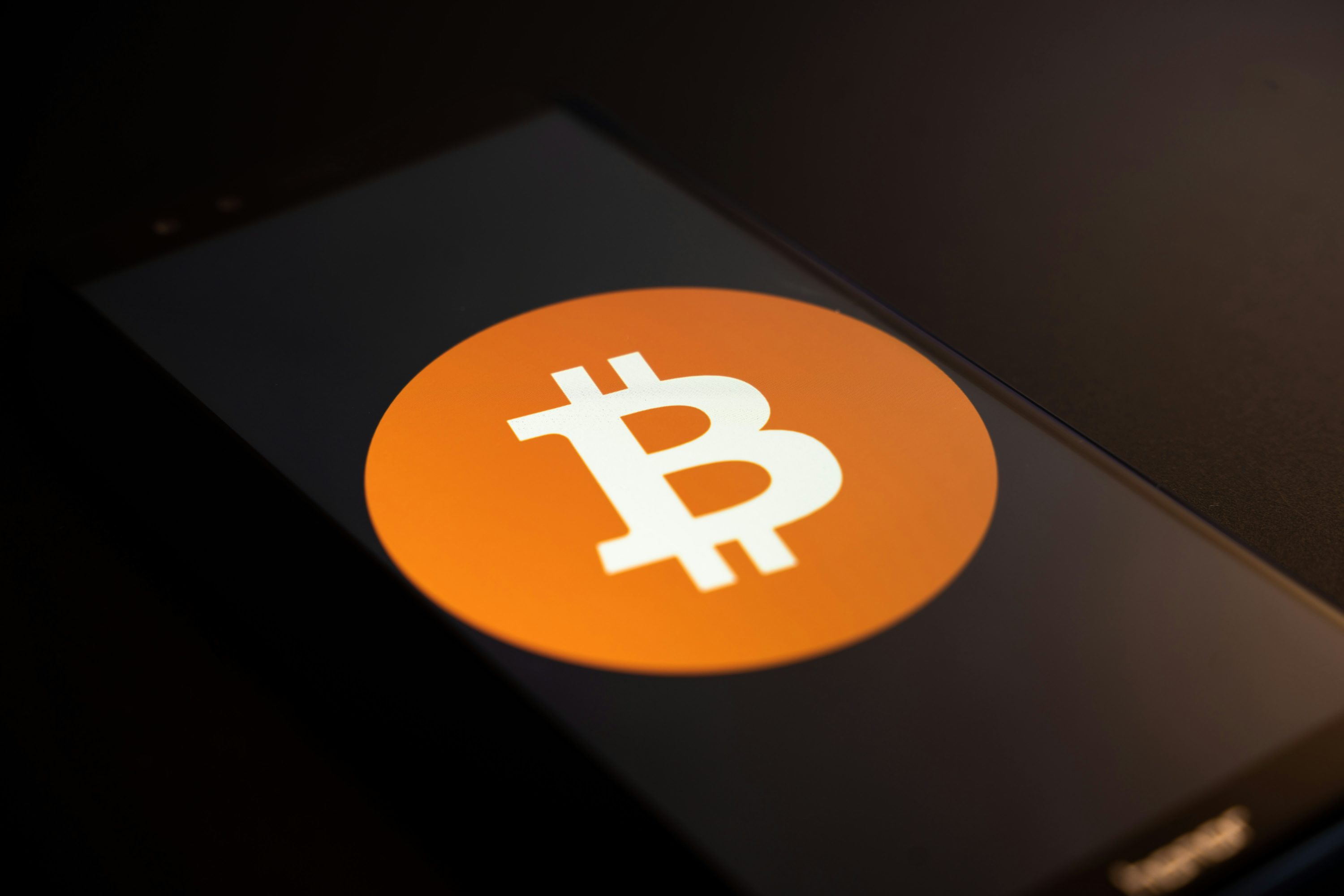

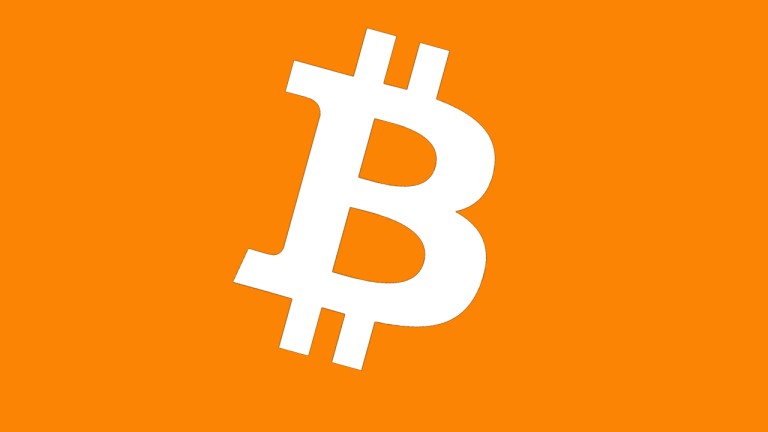





![How To Host Or Migrate A Website In 2025: Factors That May Break Rankings [+ Checklist] via @sejournal, @inmotionhosting](https://www.searchenginejournal.com/wp-content/uploads/2025/05/featured-508.png)




